Home>Furniture>Kitchen Furniture>What Is The Best Microwave Oven
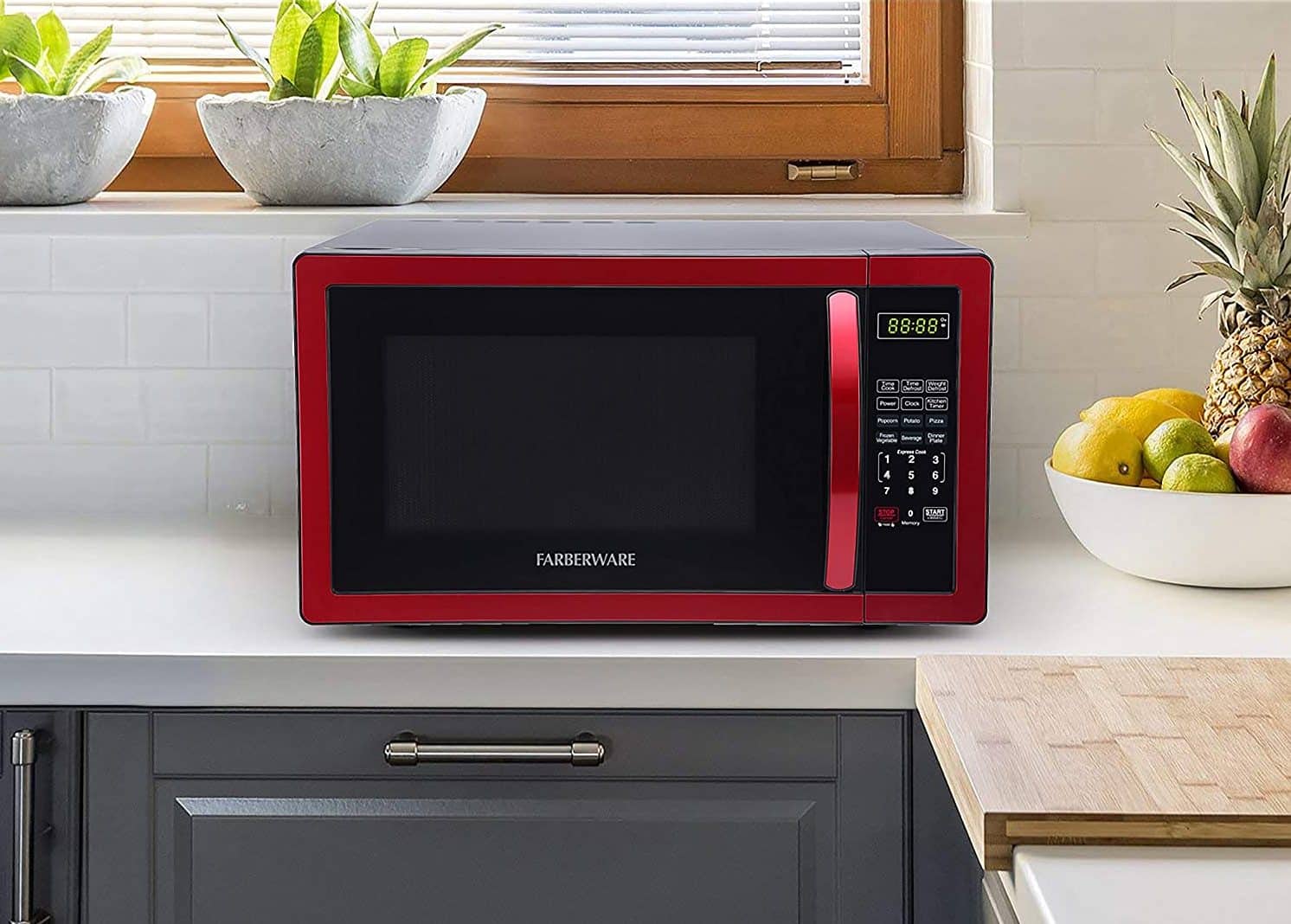

Kitchen Furniture
What Is The Best Microwave Oven
Modified: February 28, 2024
Discover the best microwave oven for your kitchen with our informative articles. Explore features, prices, and customer reviews to find the perfect fit for your cooking needs.
(Many of the links in this article redirect to a specific reviewed product. Your purchase of these products through affiliate links helps to generate commission for Storables.com, at no extra cost. Learn more)
Introduction
Welcome to the world of microwave ovens! These kitchen appliances have become an indispensable part of modern cooking, offering convenience and efficiency in preparing meals. Whether you are a busy professional, a homemaker, or a college student, having a reliable microwave oven can make your life much easier.
In this article, we will explore the factors to consider when choosing the best microwave oven for your needs. From price range and size to power and cooking features, we will discuss the key aspects that should influence your decision. Additionally, we will delve into user-friendly interfaces, design and build quality, cleaning and maintenance, safety features, energy efficiency, customer reviews, warranty and support. By the end, you will have a comprehensive understanding of what to look for in a microwave oven.
Before diving into the details, it is important to understand the basic purpose of a microwave oven. These appliances use electromagnetic radiation to generate heat and cook food efficiently. They are primarily used for reheating leftovers, defrosting frozen meals, and cooking various dishes quickly and conveniently. The versatility of microwave ovens makes them an essential tool in any kitchen.
So, what are the key factors to consider when purchasing a microwave oven? Let’s explore each of them in detail, helping you make an informed decision based on your specific needs and preferences.
Key Takeaways:
- When choosing the best microwave oven, consider factors such as price range, size and capacity, power and wattage, cooking features, user-friendly interface, design and build quality, cleaning and maintenance, safety features, energy efficiency, customer reviews and ratings, and warranty and support. By evaluating these aspects, you can make an informed decision that meets your cooking needs, preferences, and budget.
- Prioritize your specific requirements and choose a microwave oven that aligns with your cooking habits and preferences. A well-chosen microwave oven can simplify your cooking tasks, save you time and effort, and result in deliciously prepared meals for you and your loved ones.
Read more: What Is A Microwave Oven
Price Range
When it comes to buying a microwave oven, the price range can vary significantly depending on the brand, features, and size. It is important to determine your budget beforehand so that you can narrow down your options and find a microwave oven that fits within your financial constraints.
In general, microwave ovens can range from as low as $50 for basic models to several hundred dollars for premium or advanced models. Basic models typically offer essential cooking functions such as reheating and defrosting, while higher-end models may include additional features like convection cooking, grilling, and sensor cooking.
While it may be tempting to opt for the cheapest option, it is essential to strike a balance between price and functionality. Consider your cooking needs and determine which features are important to you. For occasional use and basic cooking tasks, a budget-friendly microwave oven will suffice. However, if you are an avid cook or have specific cooking requirements, investing in a more expensive model with advanced features may be worthwhile.
It is also worth mentioning that the price of a microwave oven can be influenced by its size and capacity. Larger ovens with spacious interiors will generally cost more than compact models. If you have limited counter space, a smaller microwave oven might be a more practical choice, both in terms of price and functionality.
Before finalizing your purchase, it is advisable to compare prices from different retailers and online platforms. Keep an eye out for seasonal sales, discounts, and promotional offers, as they can significantly reduce the cost of the microwave oven you desire.
Remember, while price is an important factor, it should not be the sole determining factor in your decision. Consider the overall value and functionality of the microwave oven to ensure that you are making a wise investment that will meet your cooking needs for years to come.
Size and Capacity
When selecting a microwave oven, size and capacity are crucial factors to consider. The size of the oven should align with the available space in your kitchen, while the capacity should meet your cooking needs.
Microwave ovens come in various sizes, ranging from compact models ideal for small kitchens or dorm rooms to larger models suitable for spacious countertops. Before making a purchase, it is important to measure the space where you plan to place the microwave oven to ensure it fits appropriately.
The capacity of a microwave oven refers to its internal space and determines how much food you can cook or heat at a given time. Microwaves are typically measured in cubic feet, and the capacity can range from as small as 0.5 cubic feet to over 2 cubic feet in larger models.
When considering capacity, think about your cooking habits and the size of your household. If you often cook large meals or have a big family, a microwave oven with a larger capacity will be more suitable as it can accommodate larger dishes and cooking containers. On the other hand, if you primarily use the microwave for reheating small portions or defrosting, a smaller capacity oven may be sufficient.
It is important to note that the external dimensions of the microwave oven do not necessarily reflect its capacity. Manufacturers provide specifications for capacity to give users an idea of the internal space available for cooking. Be sure to check the product descriptions or consult the specifications to determine the actual capacity of the oven.
Additionally, consider the size and shape of the turntable or cooking surface. A larger turntable allows for more even cooking and can accommodate larger plates or containers. It is also worth checking for adjustable or removable racks, as they provide flexibility and allow for multi-level cooking.
To sum up, choose a microwave oven size and capacity that aligns with the available space in your kitchen and meets your cooking requirements. Consider the number of people you typically cook for and the types of dishes you frequently prepare. By selecting the right size and capacity, you can ensure that your microwave oven will be both functional and suitable for your needs.
Power and Wattage
Power and wattage are essential considerations when choosing a microwave oven. The wattage indicates the power output of the microwave, directly affecting the cooking speed and efficiency.
Microwave ovens typically have wattages ranging from around 600 watts to 1200 watts or more. The higher the wattage, the faster and more evenly the food will cook. Higher wattage ovens are ideal for quickly heating or cooking larger quantities of food. However, it is important to note that higher wattage also means more electricity consumption.
If you primarily use your microwave oven for basic tasks like reheating drinks or leftovers, a lower wattage model may suit your needs. On the other hand, if you frequently cook or defrost large portions, a higher wattage microwave oven will provide faster and more efficient cooking results.
When considering wattage, also take into account the types of dishes you typically prepare. Certain recipes and cooking instructions may recommend a specific wattage range to achieve optimal results. Make sure to check the wattage compatibility for the dishes you commonly cook to ensure your microwave oven can handle them.
Keep in mind that wattage alone does not guarantee superior performance. The design and functionality of the microwave oven also play a crucial role in cooking performance. Look for models that offer multiple power settings, allowing you to adjust the wattage as needed for different dishes or cooking techniques.
Lastly, it is important to consider the power requirements of the microwave oven and ensure that your kitchen’s electrical system can handle the wattage. Higher wattage ovens may require a dedicated circuit to prevent overloading the electrical circuit.
To summarize, choose a microwave oven with an appropriate wattage based on your cooking needs and habits. Consider the types of dishes you frequently prepare and the desired cooking speed. Balancing wattage and functionality will ensure that your microwave oven provides efficient and reliable cooking performance.
Cooking Features
When it comes to cooking features, microwave ovens offer a range of options to enhance your cooking experience. These features can vary depending on the model and brand, so it’s important to assess which ones are most valuable to you.
One of the most common cooking features in microwave ovens is the ability to adjust power levels. This allows you to cook or reheat food at varying intensities, ensuring that delicate dishes or ingredients are not overcooked. Look for models that offer multiple power levels to have more control over your cooking results.
Another popular cooking feature is the auto-cook menu. Many microwave ovens come pre-programmed with a variety of cooking options, such as popcorn, pizza, or beverages. Simply select the desired food or beverage from the menu, and the microwave will automatically set the appropriate time and power level for optimal results. This feature is particularly helpful for those who want quick and hassle-free cooking without having to determine the exact cooking time and power settings.
Some microwave ovens also offer specialized cooking modes, such as convection cooking or grilling. Convection microwaves combine the functionality of a traditional microwave with the power of a convection oven, allowing you to bake, roast, and brown your food. Grilling modes, on the other hand, provide a crispy and browned texture to your dishes, similar to that achieved with an outdoor grill. These cooking modes can expand your culinary possibilities and add versatility to your microwave oven.
In addition to these features, some microwave ovens come equipped with sensors that automatically adjust cooking time and power levels based on the moisture or temperature detected. This ensures that your food is cooked evenly without drying out or becoming overcooked. Sensor cooking is particularly useful for defrosting or reheating food, as it eliminates the need to constantly monitor and adjust the settings.
Other notable cooking features to look out for include quick-start and quick-minute options, allowing you to quickly start cooking or add a minute of cooking time with a single touch. Additionally, child lock features are important for households with children to prevent accidental operation or injuries.
Ultimately, the cooking features you prioritize will depend on your cooking preferences and needs. Assess your cooking habits and consider which features would be most beneficial to enhance your culinary experience. By selecting a microwave oven with the right cooking features, you can enjoy effortless cooking and deliciously prepared meals.
User-Friendly Interface
A user-friendly interface is crucial when selecting a microwave oven, as it ensures ease of use and convenience in your everyday cooking tasks. A well-designed interface allows you to navigate the controls effortlessly and access the desired features without any confusion or frustration.
One important aspect of a user-friendly interface is the control panel. Look for a microwave oven with clearly labeled buttons or touchscreen controls that are easy to read and understand. Intuitive icons or symbols can also make it easier to identify different functions or cooking modes.
The layout of the control panel is another consideration. Ideally, the buttons or controls should be arranged logically and ergonomically. This means that commonly used functions should be easily accessible, while less frequently used options can be placed in secondary menus or submenus. A clutter-free and organized display will enhance your overall cooking experience.
Another aspect to consider is the responsiveness of the interface. Make sure that the buttons or touchscreen controls are responsive and provide immediate feedback. Delayed response times can be frustrating and impact your efficiency in the kitchen.
A user-friendly interface should also offer clear and concise instructions. If the microwave oven has specific modes or features, it should provide helpful guidance on how to use them effectively. This could come in the form of on-screen prompts, a user manual, or even a digital display that walks you through the steps for certain cooking functions.
Visual cues, such as a digital clock, timer, or progress indicators, can also enhance the user experience. These features make it easy to monitor the cooking time or progress of your dishes at a glance, allowing you to plan your cooking accordingly.
Finally, consider additional features that can contribute to a user-friendly experience. For example, a memory function that stores your preferred cooking settings can save you time by eliminating the need to input them manually each time you use the microwave. The ability to customize and save presets for your most frequently cooked dishes can also be a useful feature.
In summary, a user-friendly interface in a microwave oven is essential for seamless operation and convenience. Look for a well-designed control panel, responsive buttons or touchscreen controls, clear instructions, and helpful visual cues. By selecting a microwave oven with a user-friendly interface, you can simplify your cooking experience and enjoy the full potential of your appliance.
Design and Build Quality
The design and build quality of a microwave oven play a significant role in both its aesthetic appeal and durability. When considering these factors, it’s important to choose a microwave oven that not only matches your kitchen decor but also withstands daily use for years to come.
Firstly, the exterior design of the microwave oven should complement the overall style of your kitchen. Whether you prefer a sleek and modern look or a more traditional aesthetic, there are various options available to suit your preferences. Stainless steel finishes are popular for their timeless appeal and easy cleaning, while matte or color-coated finishes can add a touch of personality to your kitchen.
In addition to the external design, pay attention to the build quality of the microwave oven. Look for a model that feels robust and sturdy, with high-quality materials used in its construction. A well-built oven is less likely to show signs of wear and tear over time.
Another important aspect of design and build quality is the door mechanism. The door should open and close smoothly, without any resistance or wobbling. It is also beneficial to have a clear window on the door, allowing you to monitor the cooking progress without opening the oven.
Ease of cleaning is another consideration when it comes to design and build quality. Look for a microwave oven with a removable turntable and easy-to-clean interiors. Smooth, non-porous surfaces are preferable as they are quick to wipe clean and resist stains. Some models may also offer a dedicated cleaning function or steam cleaning option to make maintenance even easier.
Keep in mind that the size and weight of the microwave oven can also impact its usability and installation options. If you plan to mount the oven over a range or place it in a compact space, ensure that it is designed for such installations and has the necessary support and ventilation features.
Finally, consider the overall ergonomics of the microwave oven. The control panel should be positioned and angled to make it easy to access and read while operating the oven. The handle, buttons, and knobs should also be comfortable to use, ensuring a seamless cooking experience.
In summary, choose a microwave oven with a design that complements your kitchen decor and matches your style preferences. Look for a sturdy build quality, smooth door mechanism, and easy-to-clean surfaces. Consider the size and weight of the oven and ensure that it offers convenient ergonomics. By considering these factors, you can select a microwave oven that not only performs well but also enhances the overall aesthetic and functionality of your kitchen.
When choosing a microwave oven, consider the size that best fits your needs, the power level for efficient cooking, and the available features such as convection and sensor cooking for versatility.
Cleaning and Maintenance
When it comes to microwave ovens, easy cleaning and regular maintenance are essential for optimal performance and longevity. A well-maintained microwave not only ensures safe and effective cooking but also prolongs the lifespan of the appliance. Here are some tips to help you keep your microwave oven clean and in good condition.
1. Wipe down the interior: After each use, take a damp cloth or sponge and wipe down the interior walls, ceiling, and floor of the microwave to remove any food splatters or spills. For stubborn stains, you can use a mild soap or a vinegar and water solution to loosen the residue before wiping it away. Avoid using harsh chemicals or abrasive cleaners, as they can damage the interior surfaces.
2. Remove and clean the turntable: Most microwave ovens come with a removable turntable that should be taken out and cleaned regularly. Wash the turntable in warm, soapy water or place it in the dishwasher if it is dishwasher-safe. Make sure to dry it thoroughly before placing it back in the microwave.
3. Clean the door and control panel: Use a damp cloth or sponge to wipe the exterior surfaces of the microwave, including the door and control panel. Pay extra attention to the buttons or touchscreen controls as they can collect dirt and residue over time. Avoid using excessive water or cleaning solutions, as they can seep into the control panel and cause damage.
4. Ventilation and filters: The ventilation system of the microwave helps dissipate heat and keeps the internal components cool. Regularly check and clean the vents to ensure proper airflow. Some models may also have removable grease or charcoal filters that need to be replaced periodically. Consult your microwave oven’s user manual for specific instructions on cleaning and replacing the filters.
5. Deodorize with lemon or baking soda: If your microwave oven develops odors from strong-smelling foods, you can eliminate them by placing a bowl of water with a few slices of lemon inside the microwave and heating it for a couple of minutes. Alternatively, you can sprinkle baking soda on a damp cloth and wipe the interior to absorb odors.
6. Avoid food spillage: While it may seem obvious, taking preventive measures can minimize the need for extensive cleaning. Use microwave-safe covers or paper towels to cover food containers to prevent splatters. Be cautious when heating liquids, as they can quickly boil over and create a mess. Paying attention to heating times and power levels can also help prevent overcooking and spills.
By following these cleaning and maintenance practices, you can ensure that your microwave oven stays hygienic, odor-free, and in good working condition. Regular cleaning not only enhances the aesthetic appeal of the appliance but also promotes safe and efficient cooking for years to come.
Safety Features
When choosing a microwave oven, it is important to prioritize safety features to ensure the well-being of yourself and your household. Microwave ovens come equipped with various safety features that mitigate potential risks and ensure safe operation. Here are some key safety features to consider:
1. Child lock: Many microwave ovens offer a child lock feature to prevent accidental operation by children. This safety feature disables the control panel, preventing the oven from being started or adjusted without the appropriate unlocking procedure. Child locks provide peace of mind and prevent any potential accidents or injuries.
2. Auto shut-off: This safety feature automatically turns off the microwave oven after a certain period of inactivity. It helps prevent overheating, reduces the risk of fire hazards, and conserves energy. The auto shut-off feature is particularly useful in situations where the oven is accidentally left unattended or when the cooking time exceeds the preset duration.
3. Safety interlock system: Microwave ovens are designed with a safety interlock system that activates when the door is open. The system ensures that the microwave cannot operate when the door is not securely closed, preventing accidental exposure to microwaves and minimizing the risk of burns or injuries. The microwave oven should only start functioning when the door is properly closed and the interlock system is engaged.
4. Overheating protection: To prevent damage from overheating, many microwave ovens are equipped with thermal sensors that monitor the internal temperature. If the temperature exceeds a certain threshold, the microwave automatically shuts down to prevent further heating. This safety feature not only protects the oven but also minimizes the risk of fire or damage to surrounding materials.
5. Ventilation system: Proper ventilation is an important safety feature in microwave ovens, as it helps disperse heat and steam generated during the cooking process. Adequate ventilation prevents overheating and ensures the longevity of the appliance. It is essential to keep the vents clean and unobstructed to maintain proper airflow.
6. Safety certifications: When purchasing a microwave oven, look for models that have been tested and certified for safety by recognized organizations such as UL (Underwriters Laboratories) or ETL (Intertek). These certifications ensure that the appliance has undergone rigorous testing to meet safety standards and regulations.
7. Warning indicators and alarms: Some microwave ovens feature warning indicators and alarms to alert users in case of malfunctions, overheating, or error conditions. These prompts can help users take appropriate action or seek professional assistance to rectify the issue and ensure safe operation.
Remember, while these safety features are designed to minimize risks, it is still important to use proper caution when operating a microwave oven. Follow the manufacturer’s instructions, use microwave-safe cookware, and avoid heating materials that may pose a fire hazard. By prioritizing safety features and exercising caution, you can enjoy the convenience of a microwave oven while ensuring the well-being of yourself and your loved ones.
Energy Efficiency
With increasing concerns about energy conservation and environmental impact, choosing an energy-efficient microwave oven is not only beneficial for the planet but can also save you money on electricity bills. Here are some factors to consider when assessing the energy efficiency of a microwave oven:
1. Wattage: The wattage of a microwave oven directly affects its energy consumption. Higher wattage ovens often cook food faster but also consume more energy. Consider your cooking needs and habits to determine the appropriate wattage. If you primarily use the microwave for basic tasks like reheating or defrosting, a lower wattage model may be more energy-efficient.
2. Energy Star certification: Look for microwave ovens that have earned the Energy Star® label. The Energy Star certification ensures that the appliance meets stringent energy efficiency criteria set by the U.S. Environmental Protection Agency (EPA). Energy Star certified microwave ovens are designed to consume less energy without sacrificing performance or cooking capabilities.
3. Power-saving modes: Some microwave ovens feature power-saving modes or eco-friendly settings. These modes reduce the power consumption when the oven is not in active use. They may lower the standby power or automatically switch to a lower power level after a period of inactivity. Utilizing these energy-saving modes can significantly reduce the overall energy usage of the microwave.
4. Light-emitting diode (LED) displays: Microwave ovens equipped with LED displays are often more energy-efficient compared to models with traditional incandescent or fluorescent displays. LED displays are more energy-efficient and have a longer lifespan, ultimately reducing the energy consumption of the microwave oven over time.
5. Size and capacity: The size and capacity of a microwave oven can impact its energy efficiency. Smaller ovens generally consume less energy as they have less space to heat and require less power. Consider your cooking needs and choose a microwave oven that matches your usage patterns to avoid using a larger oven unnecessarily.
6. Proper use and maintenance: To maximize energy efficiency, ensure that the microwave oven is used and maintained properly. Avoid overusing the microwave or leaving it on standby mode when not in use. Clean the oven regularly to remove any food debris or buildup that can impede performance and energy efficiency.
By choosing an energy-efficient microwave oven, you can contribute to energy conservation efforts and reduce your carbon footprint. Evaluating wattage, looking for Energy Star certification, utilizing power-saving modes, opting for LED displays, considering size and capacity, and practicing proper use and maintenance are key steps to ensure an energy-efficient microwave oven that saves both energy and money.
Customer Reviews and Ratings
One valuable source of information when selecting a microwave oven is customer reviews and ratings. These insights provide real-life experiences and opinions from individuals who have purchased and used the product. Here are some reasons why customer reviews and ratings are important when making your decision:
1. Unbiased feedback: Customer reviews and ratings offer unbiased feedback about the microwave oven. Unlike product descriptions or promotional materials, these reviews are written by actual users who have firsthand experience with the product. They provide insights into the pros and cons, highlighting the strengths and potential drawbacks of the microwave oven.
2. Performance assessment: Reading customer reviews can give you a better understanding of the performance and reliability of the microwave oven. Customers often share details about the cooking capabilities, heating efficiency, and overall functionality of the product. These insights can help you assess whether the microwave oven meets your specific cooking needs and expectations.
3. Durability and longevity: Customer reviews often mention the durability and longevity of the microwave oven. Users share their experiences regarding the build quality, materials used, and how well the appliance withstands regular use. Reading about the experiences of others can provide valuable information regarding the expected lifespan of the product.
4. Ease of use: Customers frequently comment on the ease of use and user-friendliness of the microwave oven. Their feedback can help you determine if the control panel, buttons, and overall interface are intuitive and convenient. Information about the learning curve, programming options, and general usability can influence your decision-making process.
5. Reliability and customer support: Customer reviews often touch upon the reliability of the microwave oven and the responsiveness of the manufacturer’s customer support. Users share their experiences regarding any technical issues, warranty claims, or overall satisfaction with the level of support provided by the company. This can give you important insights into how well the manufacturer stands behind their product.
6. Consensus and patterns: By reading multiple customer reviews, you can identify any consensus or recurring themes. If a particular issue or feature is consistently mentioned, it may indicate a pattern or common concern among users. Conversely, if a microwave oven receives consistently positive reviews, it can be an indication of a reliable and well-regarded product.
While customer reviews and ratings are valuable, it is important to consider them in context. Remember that opinions can vary, and individual experiences may differ. Look for patterns and take into account the overall sentiment and feedback from a range of customers.
By considering customer reviews and ratings, you can gain valuable insights into the performance, durability, ease of use, and overall satisfaction of the microwave oven you are considering. This information can help guide your decision-making process and ensure that you select a microwave oven that meets your specific needs and expectations.
Warranty and Support
When purchasing a microwave oven, it is important to consider the warranty and support provided by the manufacturer. Warranty coverage and customer support can greatly influence your overall satisfaction and peace of mind. Here are some key aspects to consider:
1. Warranty coverage: Review the warranty information provided by the manufacturer. Look for the duration of the warranty, what it covers, and any limitations or exclusions. A longer warranty period indicates that the manufacturer has confidence in the durability and performance of their product. It is also important to understand what specific components or issues are covered under the warranty, such as electrical malfunctions, heating elements, or control panel failures.
2. Extended warranty options: In addition to the standard warranty, some manufacturers offer extended warranty options that can provide further protection for your microwave oven. Extended warranties may cover additional years of coverage or offer enhanced support for a longer duration. Assess the cost and benefits of an extended warranty, and consider your own needs and level of comfort when making your decision.
3. Manufacturer’s reputation: Research the reputation and track record of the manufacturer. Look for information on their customer support services, responsiveness, and reputation for honoring warranty claims. A manufacturer known for their reliable customer support and efficient warranty services can provide additional peace of mind, knowing that any issues will be promptly addressed.
4. User support and resources: Check if the manufacturer offers user support resources, such as online manuals, FAQs, troubleshooting guides, and videos. These resources can be immensely helpful in resolving minor issues or answering common questions without the need for contacting customer support. Easy access to user support materials can enhance your overall experience with the microwave oven.
5. Customer support channels: Consider the availability of customer support channels, such as phone support, live chat, or email. Check if the manufacturer has a dedicated customer support team that can assist you with any questions or concerns regarding your microwave oven. Responsive and accessible customer support can greatly alleviate any concerns or frustrations that may arise during the ownership of the appliance.
6. Return and exchange policy: Familiarize yourself with the manufacturer’s return and exchange policy. In the rare event that you encounter significant issues with your microwave oven, it is important to know the options available to you. Understand the timeframe for returns or exchanges and any associated fees or conditions.
When considering the warranty and support provided, it is important to factor in the overall cost and value of the microwave oven. A longer and more comprehensive warranty may come at a slightly higher price, but it can provide you with greater peace of mind and protection for your investment.
By assessing the warranty coverage, considering extended warranty options, researching the manufacturer’s reputation, evaluating user support resources, and assessing the availability of responsive customer support channels, you can make an informed decision regarding the level of warranty and support you desire for your microwave oven.
Conclusion
Choosing the best microwave oven requires careful consideration of several key factors. By evaluating these factors and understanding your specific cooking needs, you can select a microwave oven that meets your requirements and enhances your overall culinary experience.
Price range is an important consideration, balancing your budget with the desired features and functionality. Determine the size and capacity based on your kitchen space and cooking requirements. Wattage directly affects cooking speed and efficiency, so choose a microwave oven with an appropriate wattage for your needs.
Cooking features enhance your cooking possibilities, so prioritize the ones that align with your culinary preferences. A user-friendly interface ensures seamless operation and convenience, making your cooking experience more enjoyable. Design and build quality contribute to the durability and aesthetics of the microwave oven, so choose one that fits your kitchen style and offers a sturdy build.
Consider the cleaning and maintenance requirements of the microwave oven, as this affects the longevity and hygiene of the appliance. Safety features provide peace of mind, safeguarding against accidents and malfunctions. Energy efficiency saves both energy and money while reducing environmental impact.
Customer reviews and ratings provide valuable insights into the performance, reliability, and overall satisfaction of the microwave oven. Consider the warranty and support provided by the manufacturer, ensuring that you have adequate coverage and responsive customer support when needed.
In conclusion, selecting the best microwave oven involves a careful evaluation of multiple factors. By considering price range, size and capacity, power and wattage, cooking features, user-friendly interface, design and build quality, cleaning and maintenance, safety features, energy efficiency, customer reviews and ratings, and warranty and support, you can make an informed decision that meets your cooking needs, preferences, and budget.
Remember to prioritize your specific requirements and choose a microwave oven that aligns with your cooking habits and preferences. A well-chosen microwave oven can simplify your cooking tasks, save you time and effort, and result in deliciously prepared meals for you and your loved ones.
Frequently Asked Questions about What Is The Best Microwave Oven
Was this page helpful?
At Storables.com, we guarantee accurate and reliable information. Our content, validated by Expert Board Contributors, is crafted following stringent Editorial Policies. We're committed to providing you with well-researched, expert-backed insights for all your informational needs.
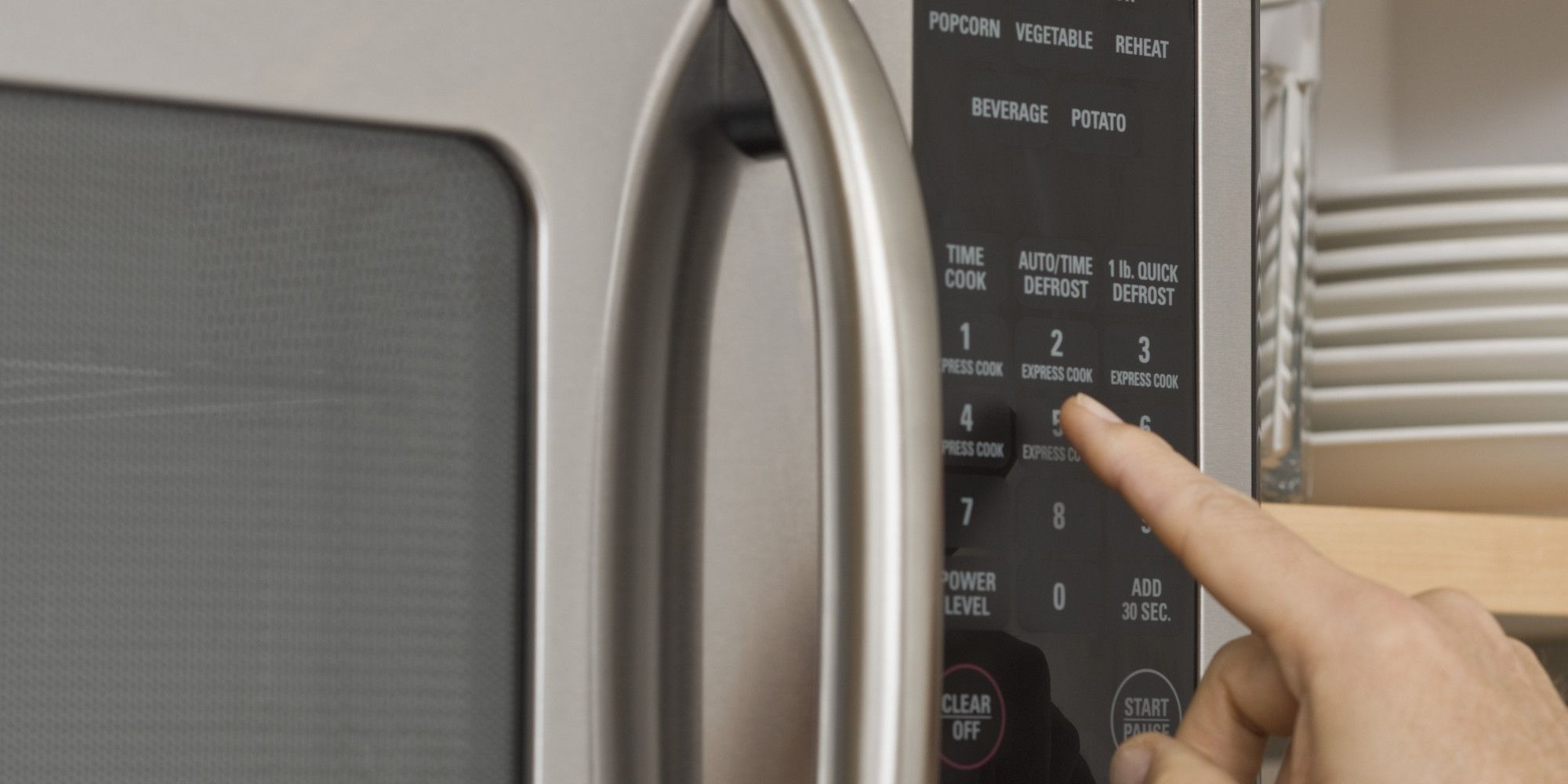
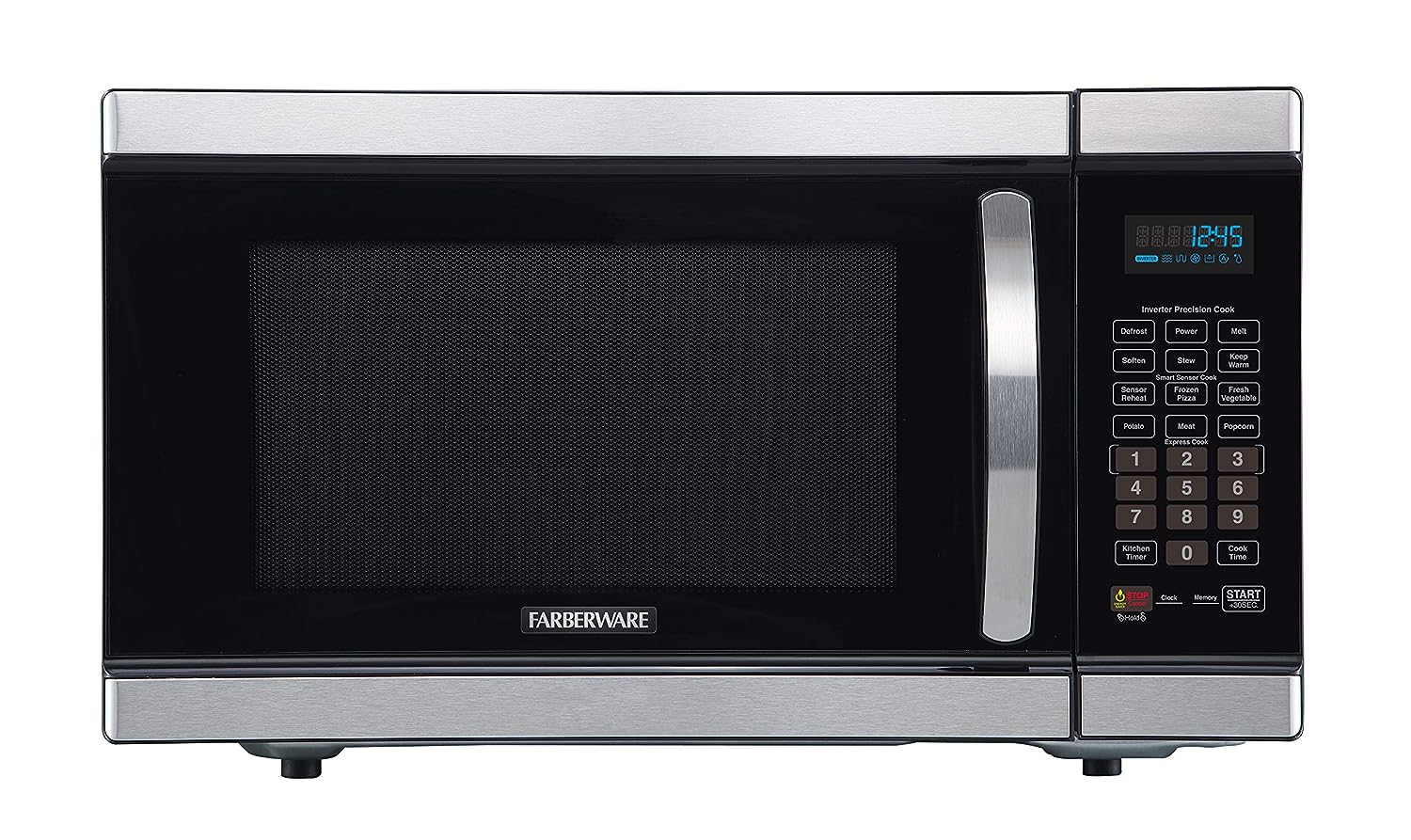
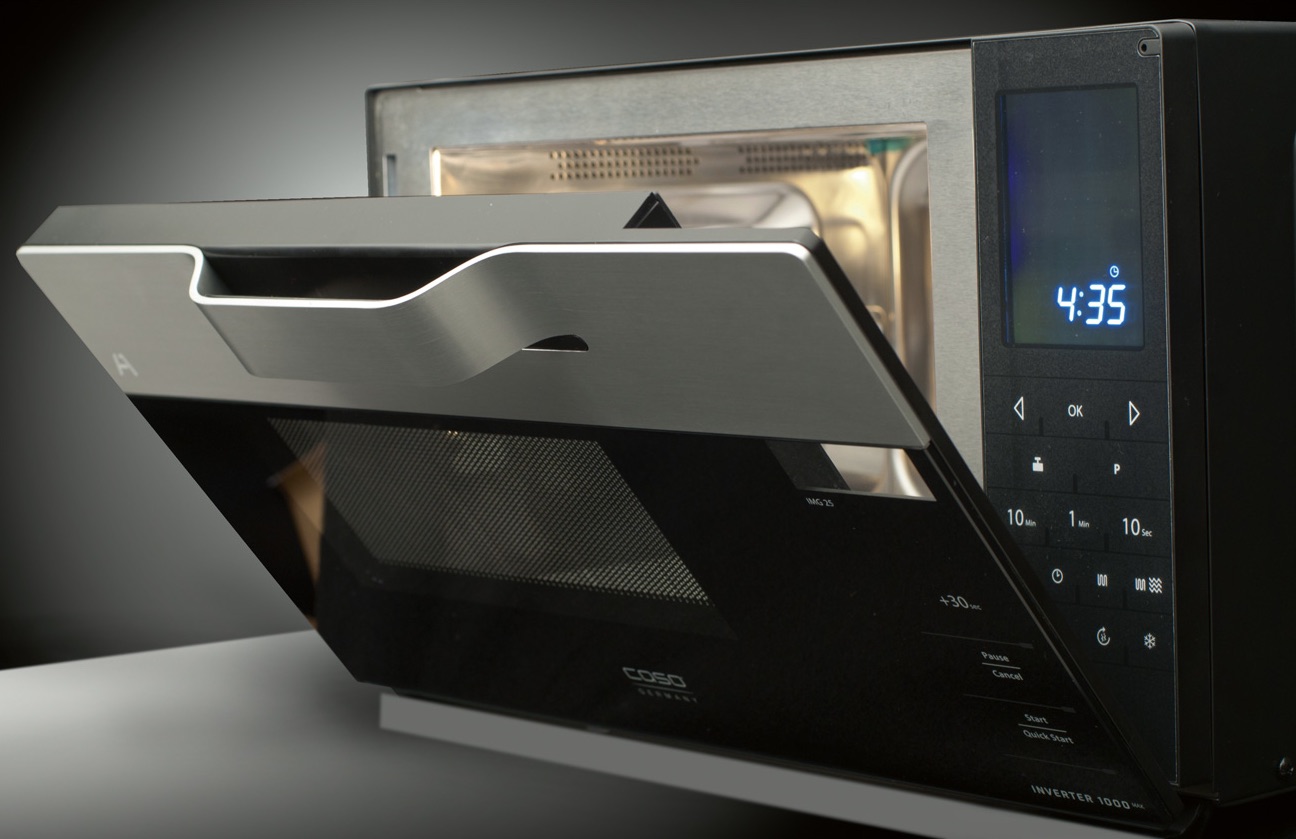
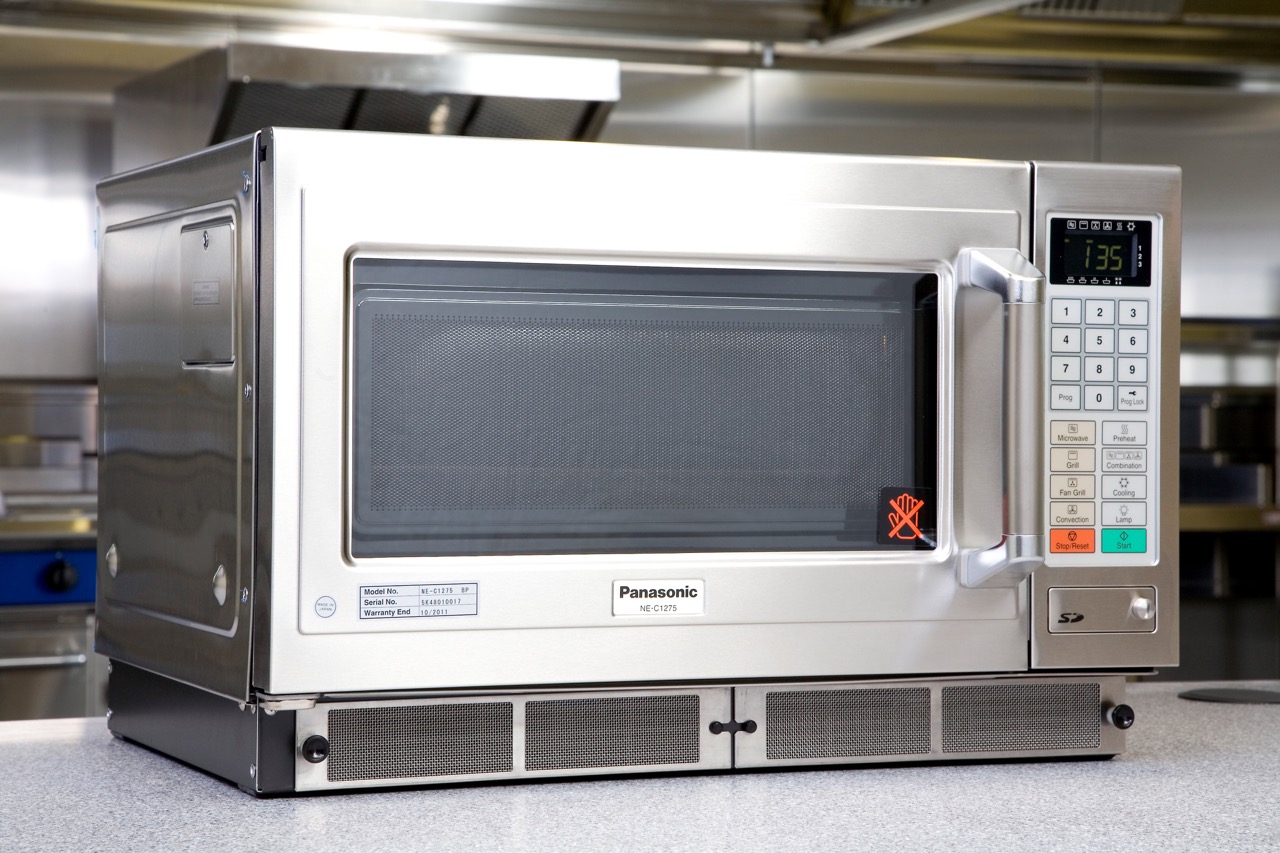
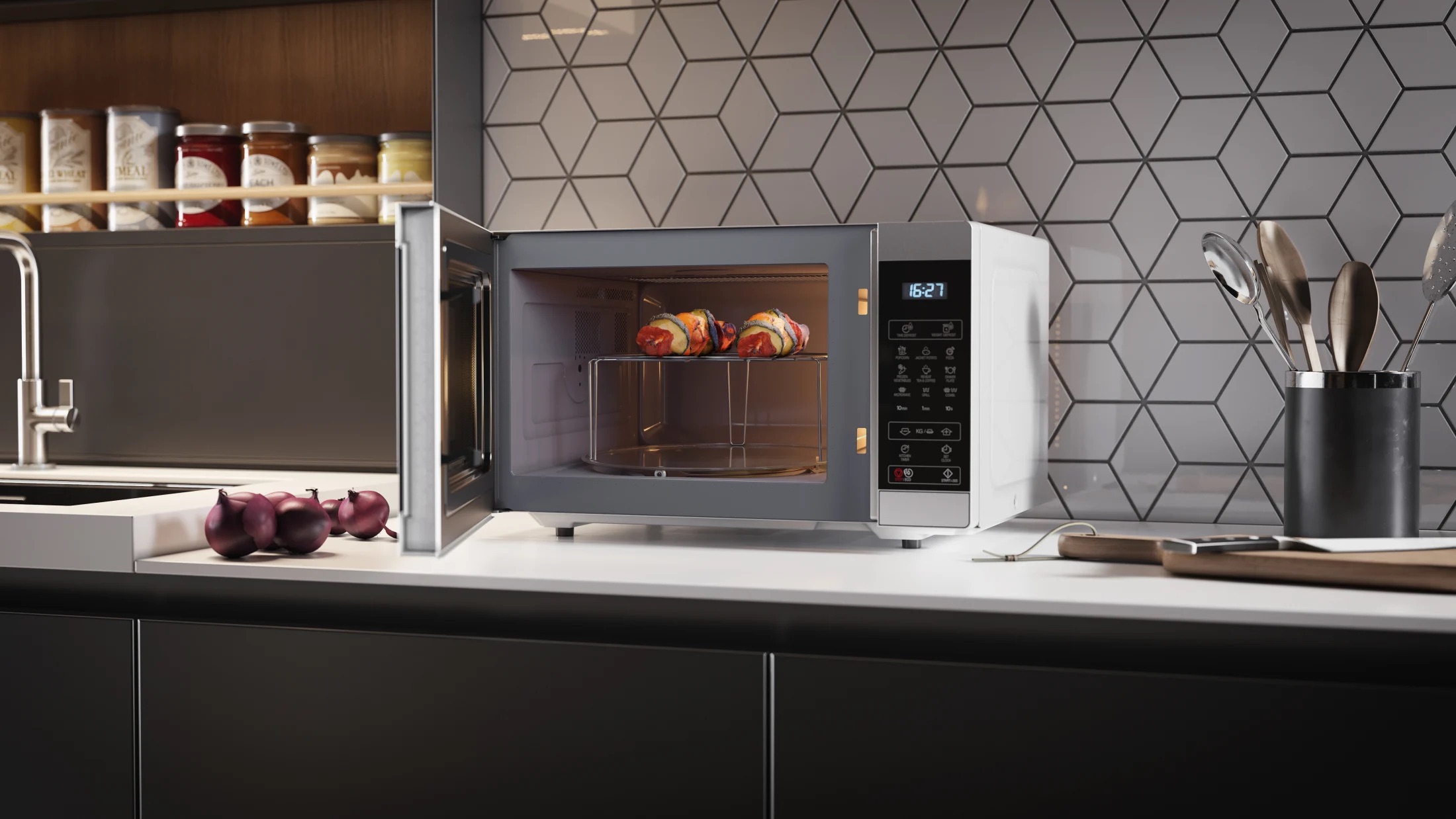
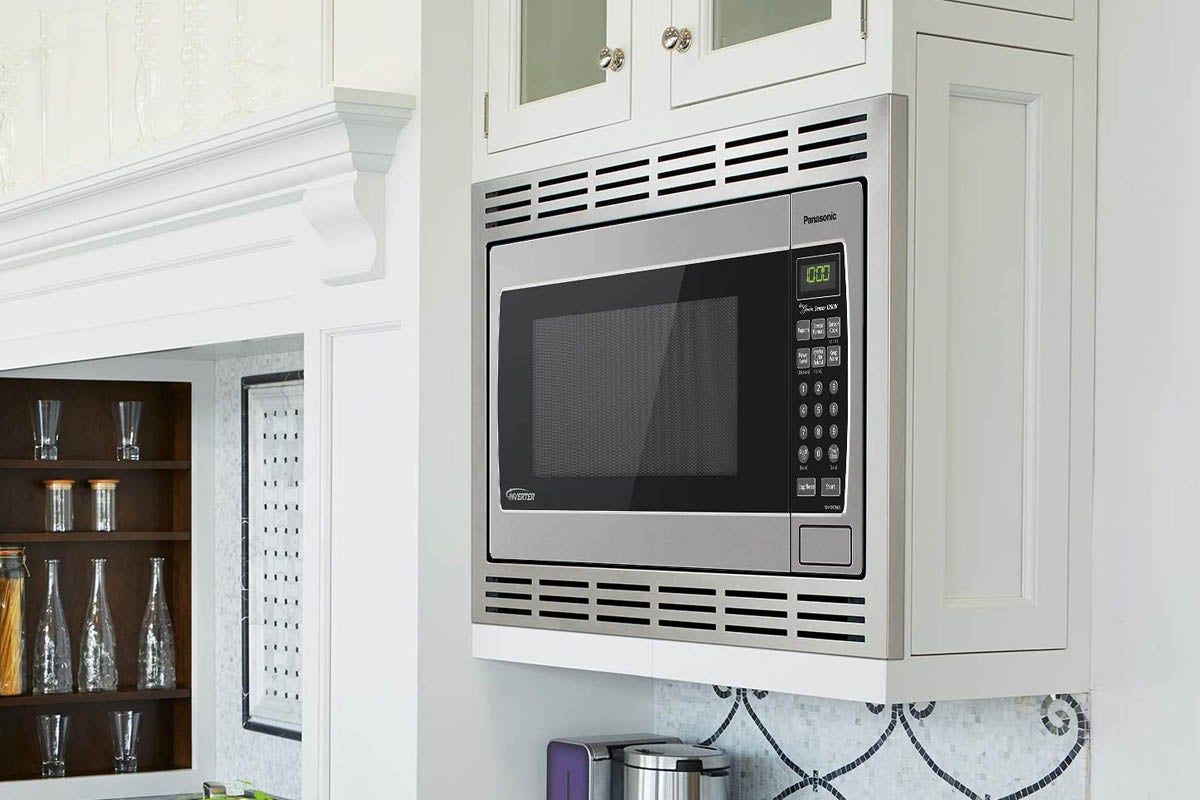
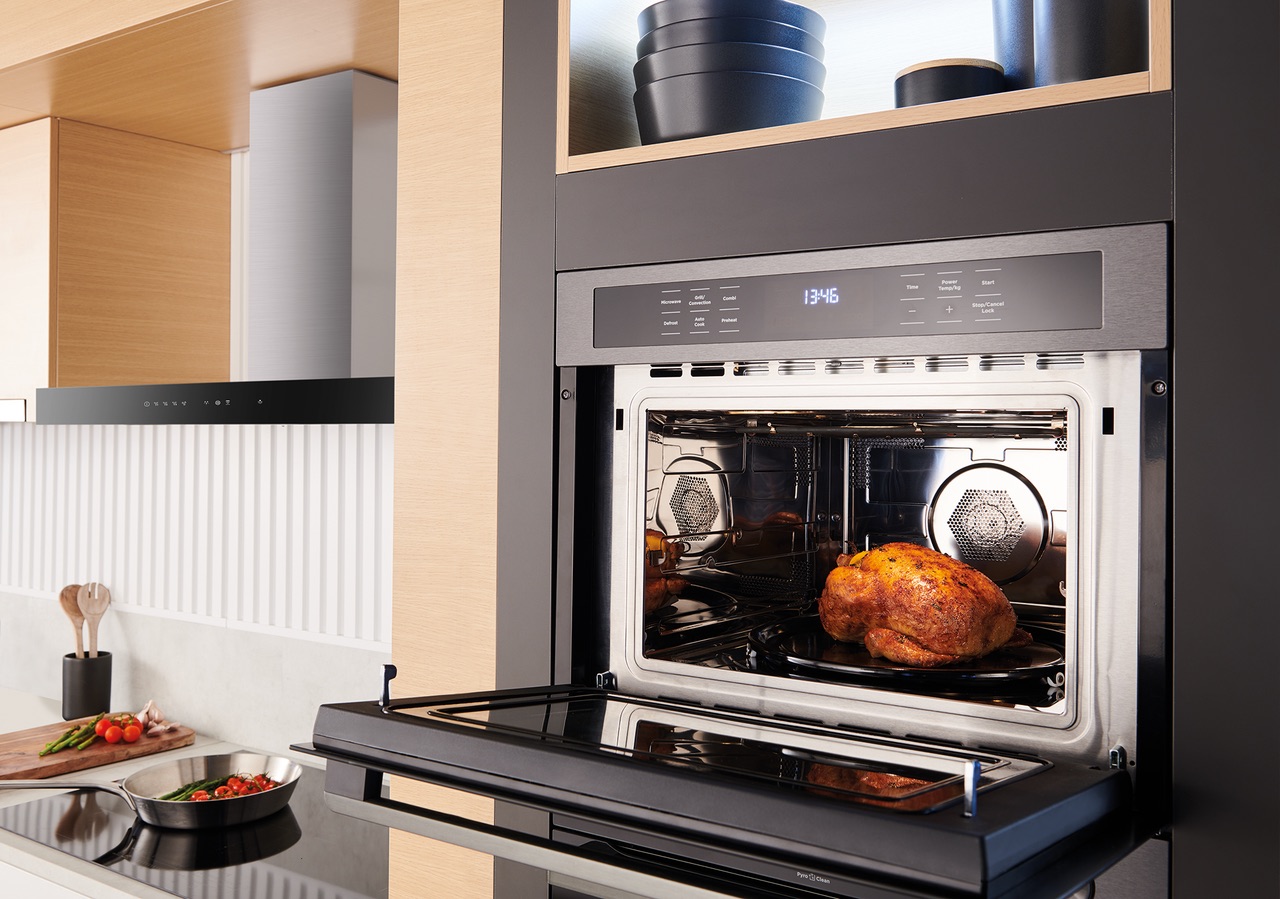
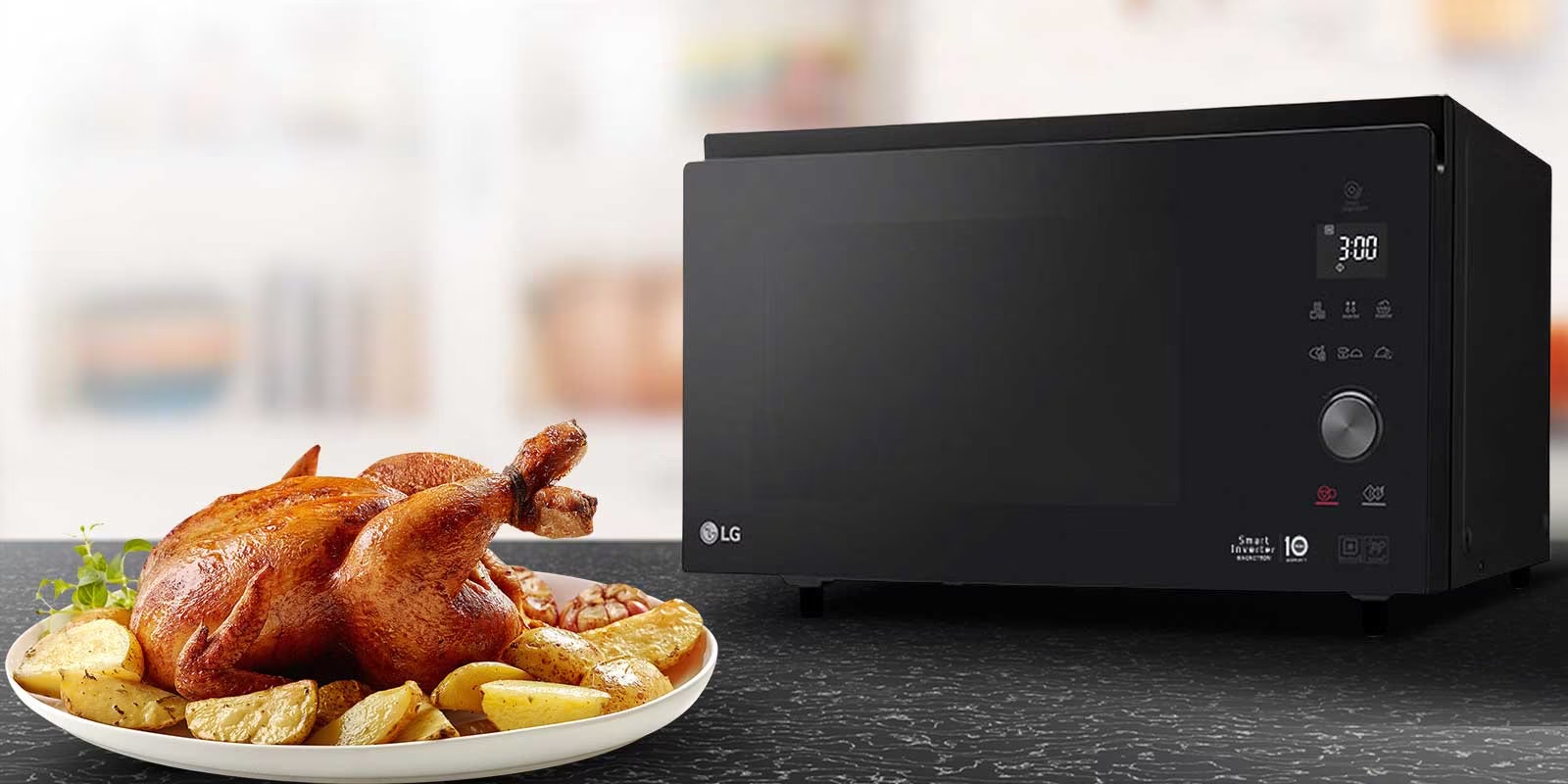
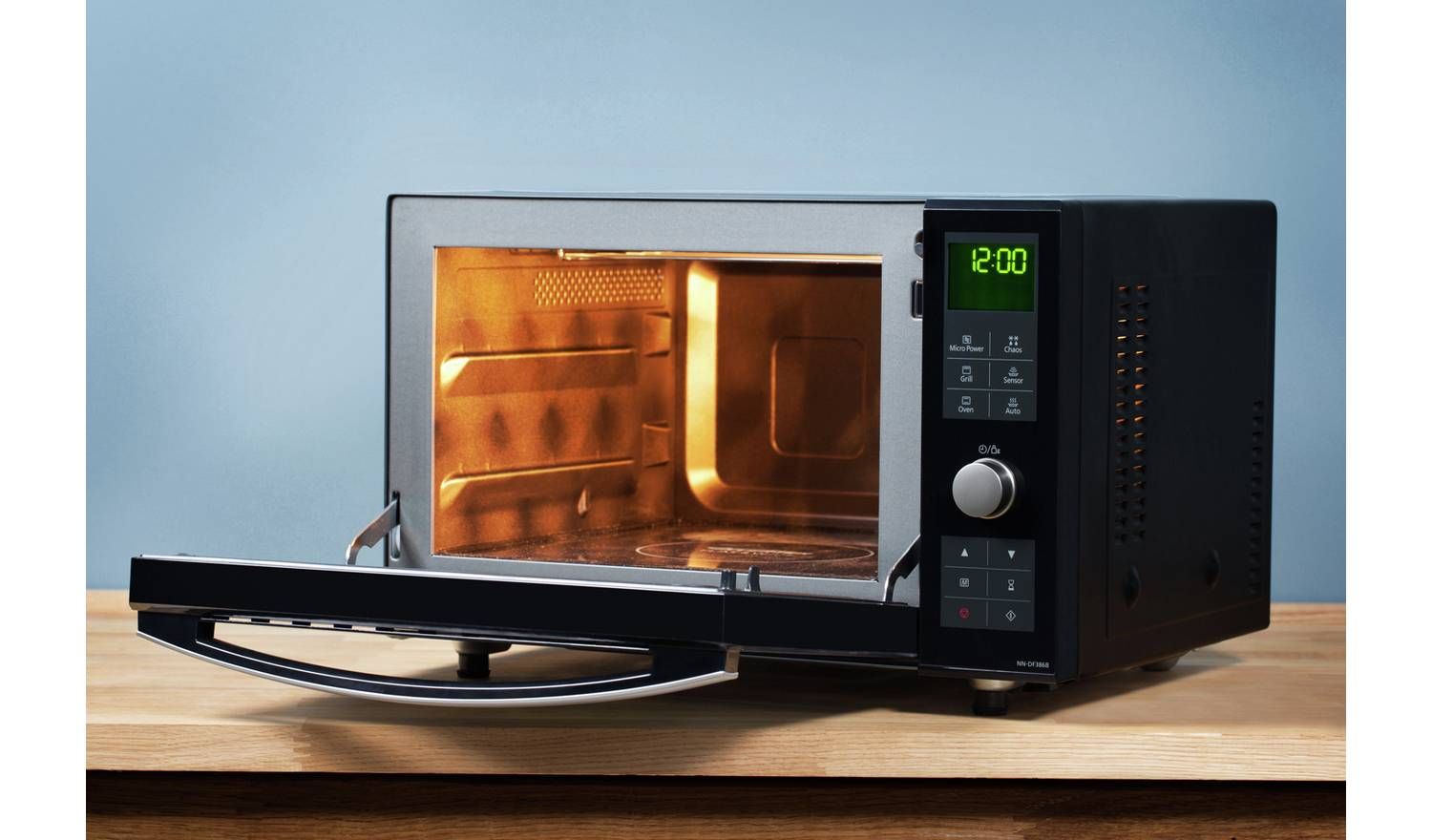
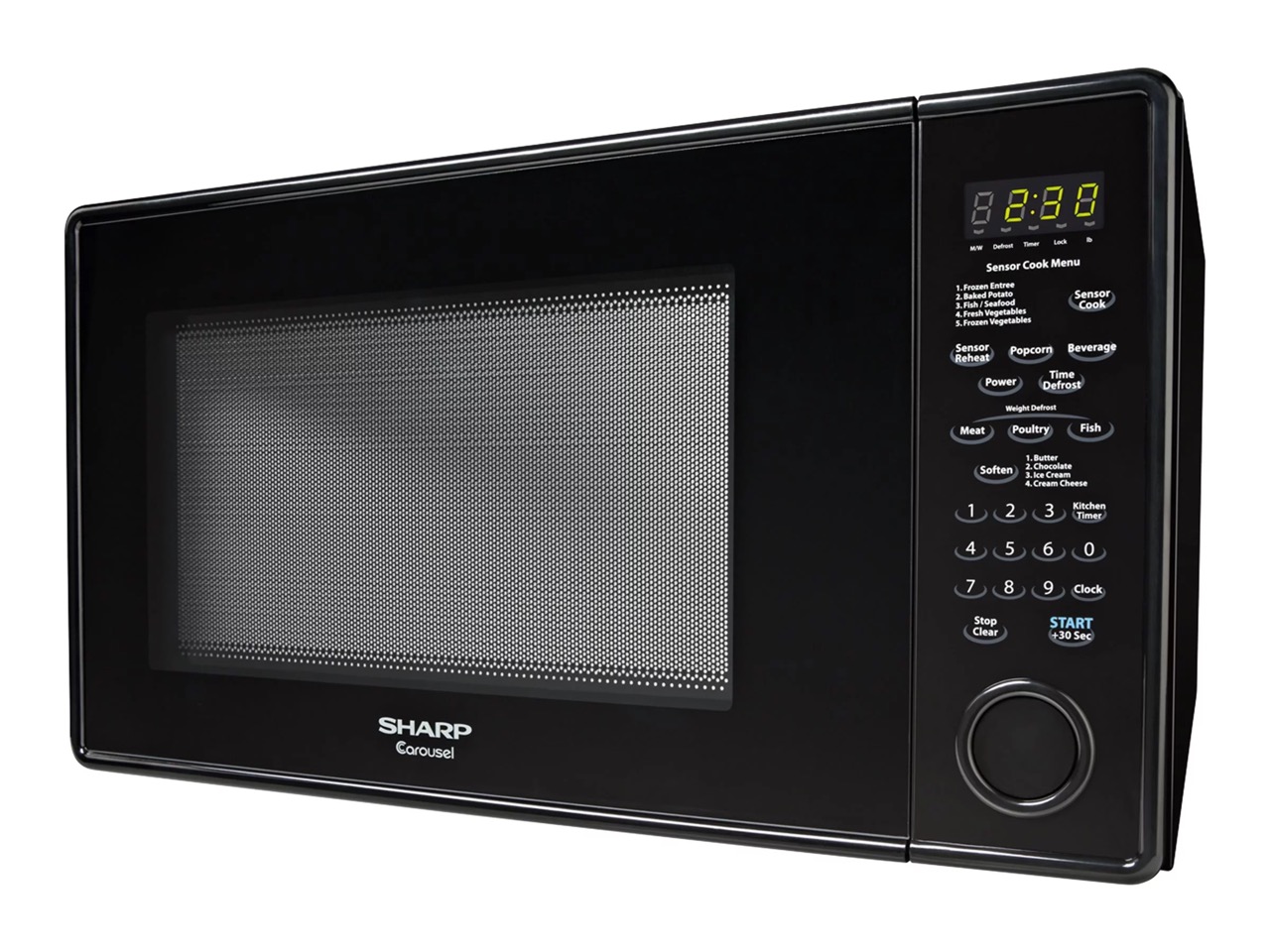
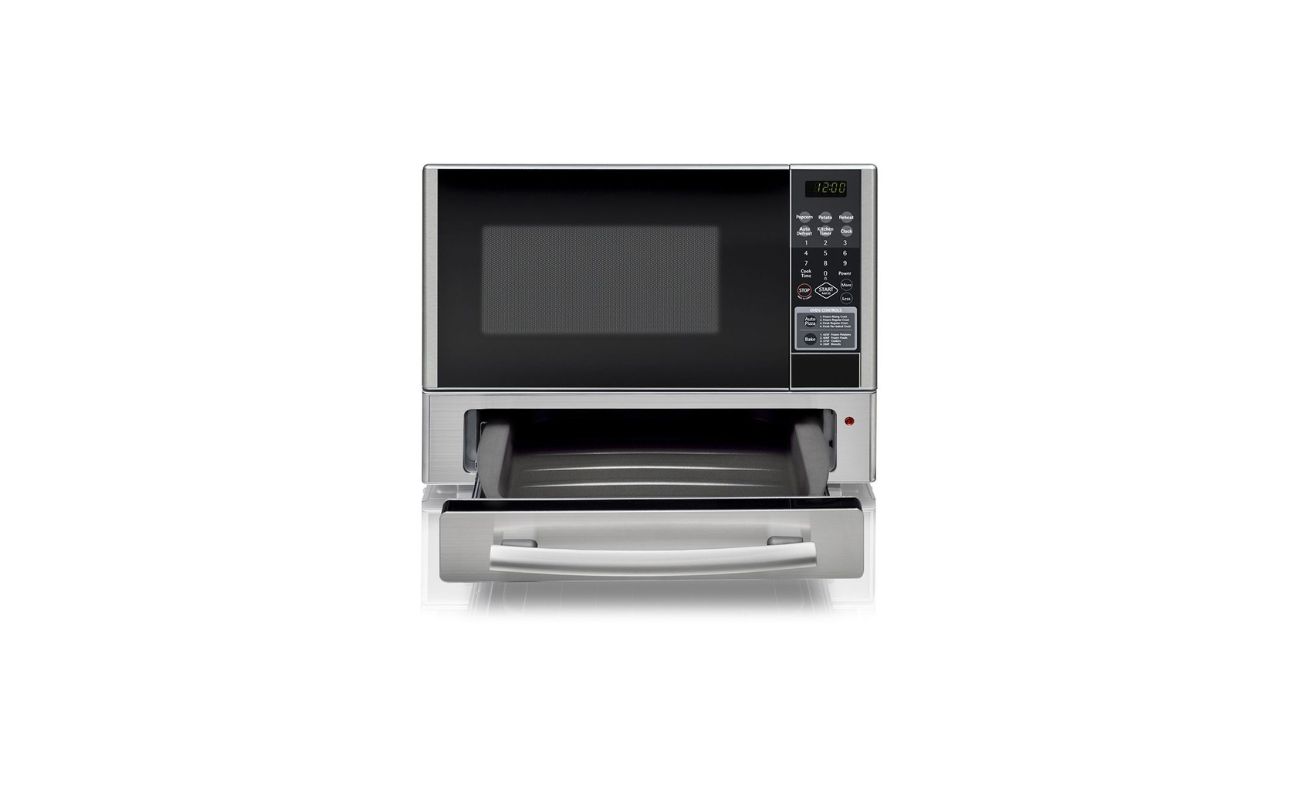
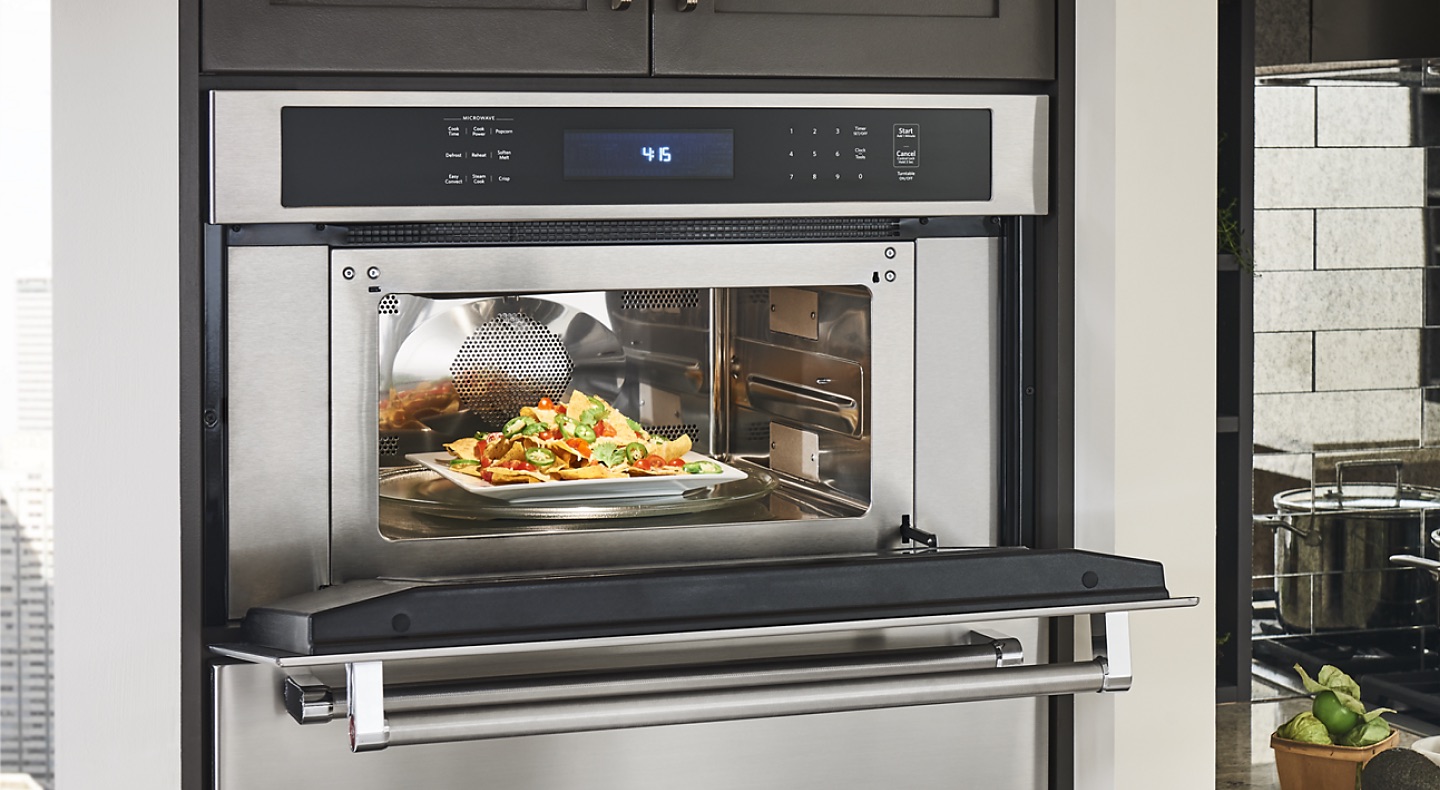
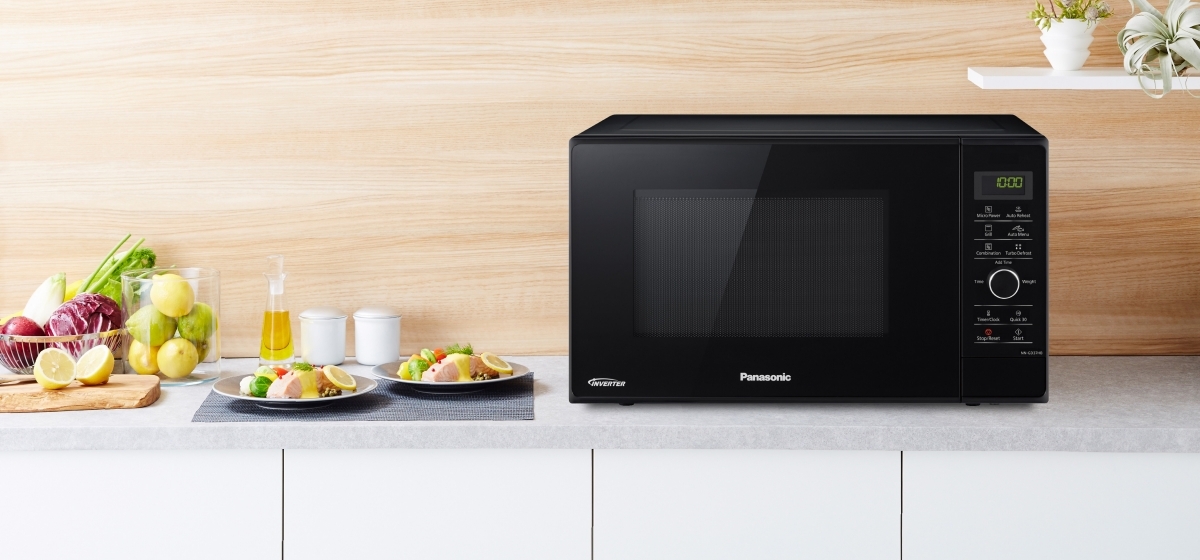

0 thoughts on “What Is The Best Microwave Oven”